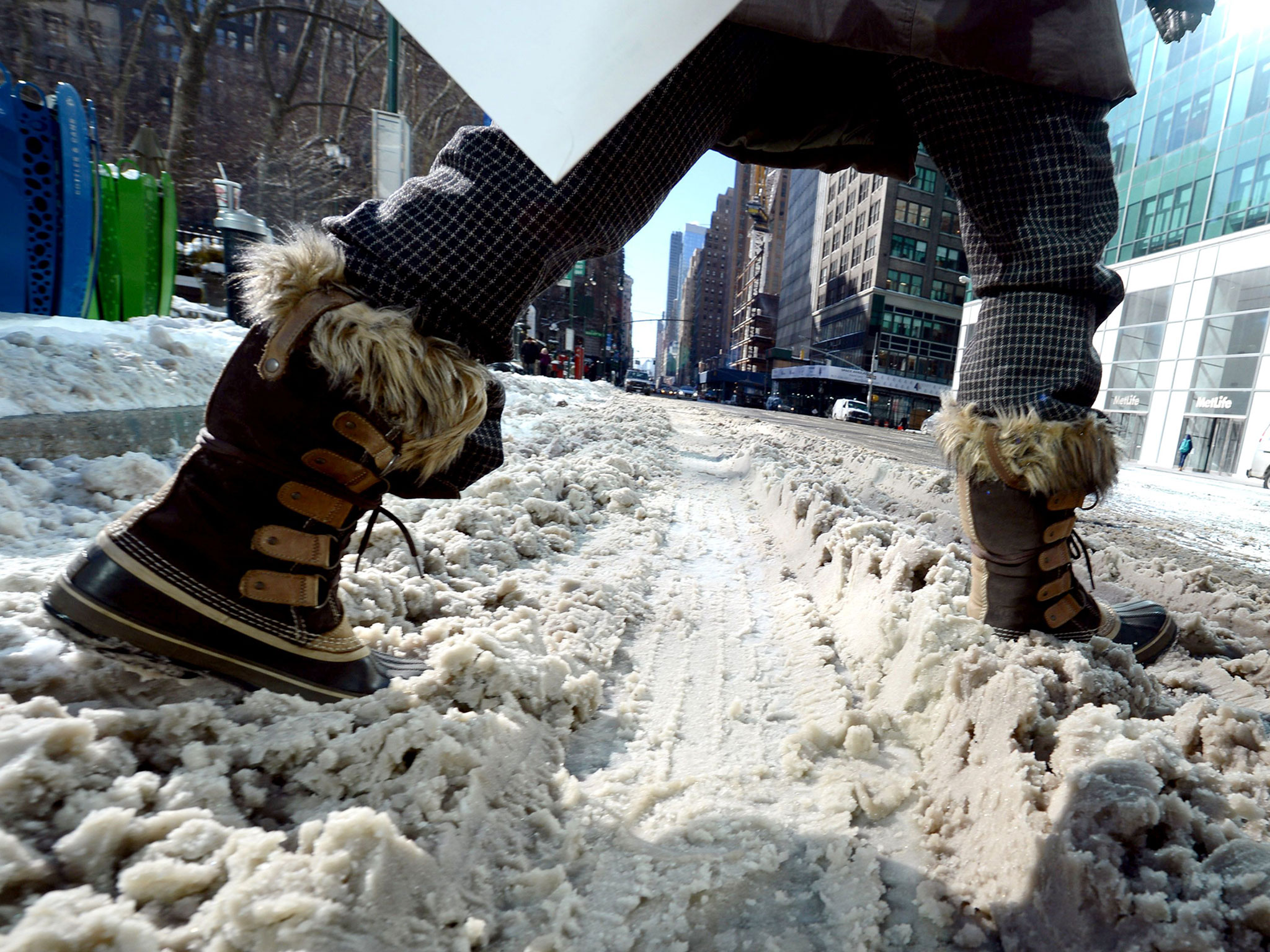
A new study on traffic on traffic and air pollution, conducted by the University of Surrey in the United Kingdom, indicates that keeping car windows shut and fans turned off while trapped in slow-moving traffic jams, might minimize threat of exposure to poisonous emissions by up to 76 percent. The research was published as a part of the 2016 Emerging Investigators Issue in the Royal Society of Chemistry’s journal Environmental Science: Processes and Impacts. Utilizing the fan’s or air conditioner’s ‘recirculate’ feature rated as one of the best safeguards to reducing exposure to pollutants when investigators evaluated five different ventilation controls. On the recirculate setting, air within the car is circulated without drawing in polluted air from outside.
The findings revealed that when vehicles stop at red lights, they go through different driving cycles such as idling, acceleration and deceleration. With all other cars in the queue doing the same, the aggregate emissions take a long time to disperse, especially in built-up areas. The resulting air pollution is so intense that WHO classified it as being as carcinogenic as smoking.
The research experts observed that daily commuting time has increased over the years in Britain, where individuals invested about an hour each day behind the wheel to and from work in 2013. The figures are comparable in the United States with Americans spending an average of just about fifty-two minutes on their round-trip commutes as documented in 2013 government data.
Air pollution is regarded one of the top ten health hazards by the World Health Organization, which attributes it to over 3.7 million untimely fatalities a year. The problem of air pollution is also prevalent across Europe where over 400,000 premature deaths were attributed to fine particulate matter alone in 2012. The situation is not very different in other parts of the world including the USA where exposure to ambient particulate matter is the eighth leading cause of death each year. It is a particularly big challenge in urban cities, according to the study authors. Traffic-light crossings were identified as “pollution hotspots that contribute disproportionately higher to overall commuting exposure.” Last year, the same researchers demonstrated that drivers stuck at traffic lights were subjected to up to twenty-nine times more damaging pollution particles as compared to people driving in free-flowing traffic.
The researchers wanted to review the effects of different vehicle ventilation systems on a driver’s or passenger’s contact with both fine and coarse particulate matter—two types of pollution consisting of vehicle exhaust, ozone, and other toxins prevalent the air. So they conducted readings both inside and outside a 2002 Ford Fiesta in Guildford, a “typical UK town” of about 137,000 residents, at busy three- and four-way traffic intersections during winter-season rush hours.
Five situations were evaluated with different permutations of windows (open or closed), fan (off, partial speed, or full speed), and heat (off, low temperature, or high temperature). When it came to pollution exposure, outcomes varied extensively based on the air flow.
When driving with the windows open, particulate matter readings in the automobiles matched those outside of the car. When the windows were rolled up and the fan was switched off, however, exposure to particulate matter was reduced by up to 76 percent as mentioned earlier.
“Where possible and with weather conditions allowing, it is one of the best ways to limit your exposure by keeping windows shut, fans turned off and to try and increase the distance between you and the car in front while in traffic jams or stationary at traffic lights,” said lead author Prashant Kumar, Ph.D., in a press release. “If the fan or heater needs to be on, the best setting would be to have the air re-circulating within the car without drawing in air from outdoors.”
Kumar’s study is not the first to recommend using the recirculate button while stuck in traffic; a 2013 study coming from University of California researchers also arrived at similar conclusions. This was, however one of the first studies to test several different ventilation possibilities head-to-head specifically at busy urban intersections.







